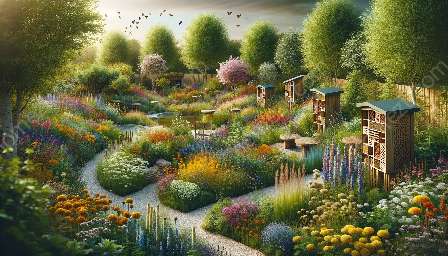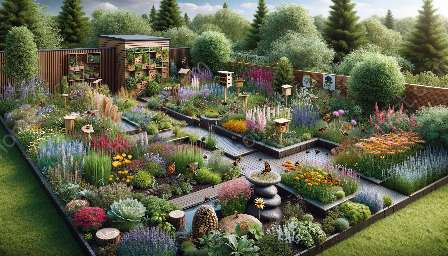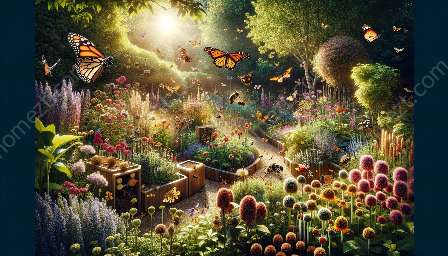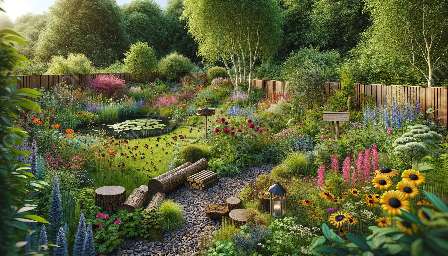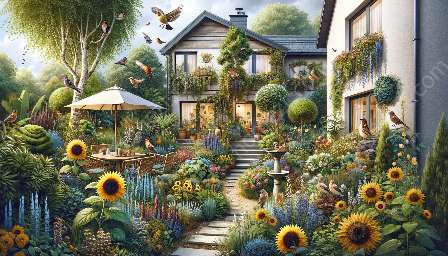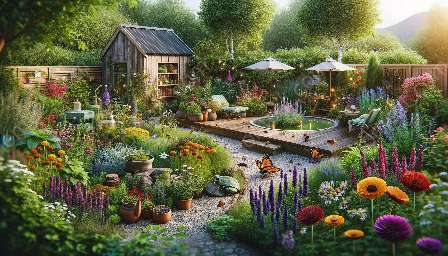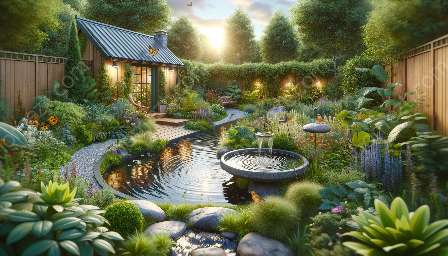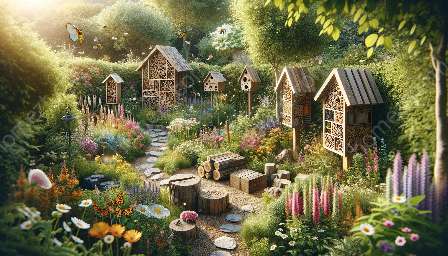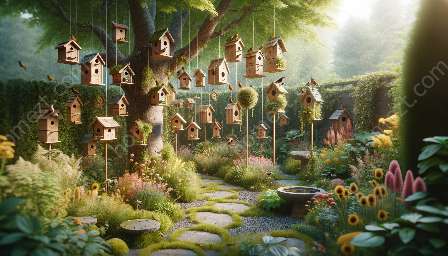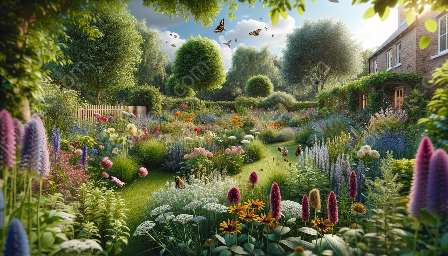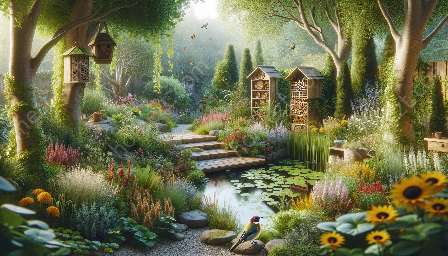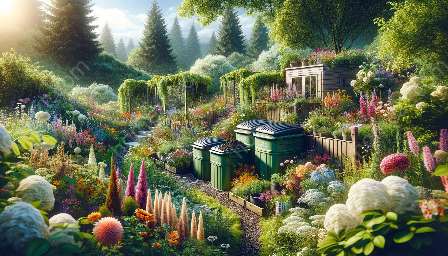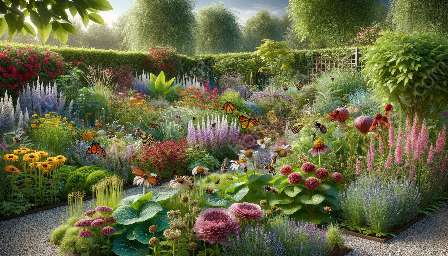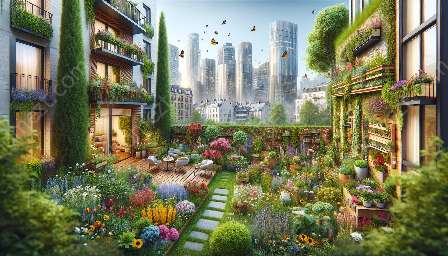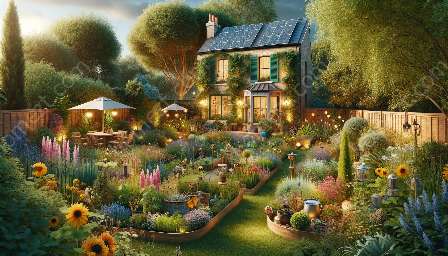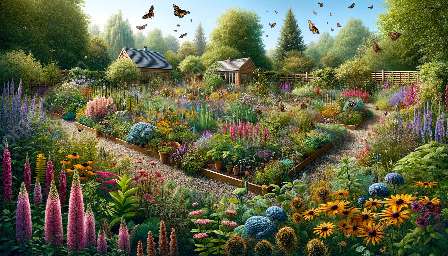Creating Habitats for Wildlife: A Guide to Attracting Beneficial Insects and Wildlife Gardening
Introduction
Creating habitats for wildlife is a rewarding and environmentally friendly way to enhance your garden. By incorporating wildlife gardening and attracting beneficial insects, you can create a vibrant ecosystem that attracts a diverse range of wildlife.
Understanding Wildlife Gardening
Wildlife gardening involves creating a garden environment that provides food, shelter, and nesting sites for a variety of wildlife species. By using native plants, providing water sources, and avoiding chemical pesticides, you can create a welcoming habitat for birds, insects, and other wildlife.
Attracting Beneficial Insects
Beneficial insects, such as bees, butterflies, and ladybugs, play a crucial role in pollinating plants and controlling pests. By planting a diverse range of flowering plants, you can attract these insects to your garden and encourage a healthy balance of predator and prey species.
Creating Wildlife Habitats
There are several key elements to consider when creating habitats for wildlife in your garden:
- Habitat Diversity: Incorporate a variety of plants, trees, and shrubs to create different levels of vegetation, providing food and shelter for a range of wildlife species.
- Water Sources: Install a pond or birdbath to attract amphibians, birds, and insects that rely on water for breeding and drinking.
- Shelter and Nesting Sites: Include features such as log piles, rockeries, and bird boxes to create safe spaces for wildlife to rest, breed, and raise their young.
- Feeding Stations: Set up feeding stations with bird feeders and native plantings to provide a year-round food source for birds and small mammals.
Enhancing Your Garden for Wildlife
There are numerous ways to enhance your garden to attract wildlife and beneficial insects:
- Plant Native Species: Native plants are adapted to the local climate and provide essential food and habitat for native wildlife species.
- Reduce Chemical Use: Avoid using chemical pesticides and herbicides, which can harm beneficial insects and wildlife.
- Create Wild Areas: Allow a portion of your garden to grow wild, creating a natural habitat for a wide range of insects, birds, and mammals.
- Provide Nesting Materials: Leave out natural materials such as twigs, dried grass, and leaves to provide nesting materials for birds and insects.
Conclusion
By creating habitats for wildlife and attracting beneficial insects, you can transform your garden into a thriving ecosystem that supports a diverse range of wildlife species. Through wildlife gardening practices and thoughtful habitat design, you can enjoy the beauty of nature while positively contributing to the local environment.

